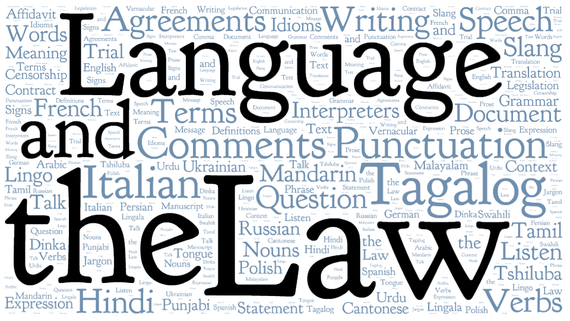Introduction: The rise of machine translation has brought significant advancements and challenges to the translation industry. This article delves into the benefits and challenges posed by machine translation, exploring its impact on human translators and the future of the profession.
Body: Machine translation, powered by artificial intelligence and neural networks, has made remarkable strides in recent years. Its ability to rapidly translate large volumes of text with decent accuracy has attracted attention across various industries. Machine translation offers efficiency, cost-effectiveness, and accessibility for individuals and businesses in need of quick translations.
However, despite its advancements, machine translation still faces limitations. Contextual nuances, idiomatic expressions, and cultural subtleties can be lost or inaccurately translated by machines. Human translators, on the other hand, possess the cultural and linguistic expertise to understand the deeper meaning behind words and adapt translations accordingly.
Human translators bring a unique set of skills and experiences to the table. They possess cultural awareness, subject matter expertise, and the ability to capture the nuances and intentions of the source text accurately. They can navigate complex contexts, adapt content to cultural preferences, and convey the intended message effectively.
Rather than perceiving machine translation as a threat, many translators and experts see it as a tool to enhance their work. Machine translation can aid in speeding up the initial translation process, allowing human translators to focus on editing, refining, and adding a human touch to the final output. This collaborative approach ensures the best of both worlds, harnessing the efficiency of machines and the expertise of human translators.
As machine translation technology continues to evolve, it is essential for human translators to adapt and embrace new tools and technologies. Translators can leverage machine translation as a starting point, refining the output to ensure accuracy, cultural appropriateness, and an understanding of the target audience’s needs.
Conclusion: Machine translation and human translation can coexist harmoniously, each playing a unique role in the translation process. By embracing technology, human translators can enhance their productivity, improve quality, and continue to provide the nuanced and culturally sensitive translations that machines cannot replicate. The future of translation lies in the collaboration between human expertise and the capabilities of machine translation technology.



